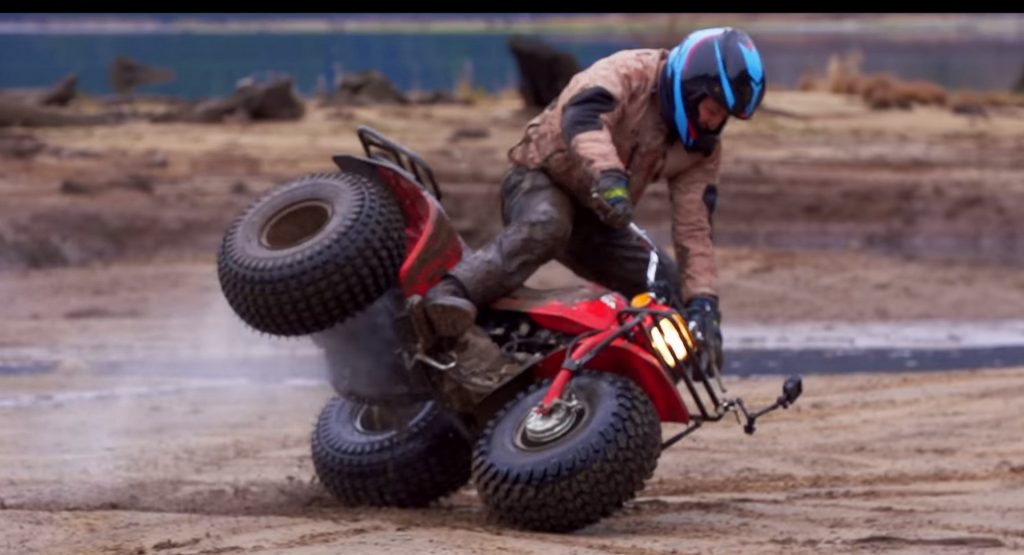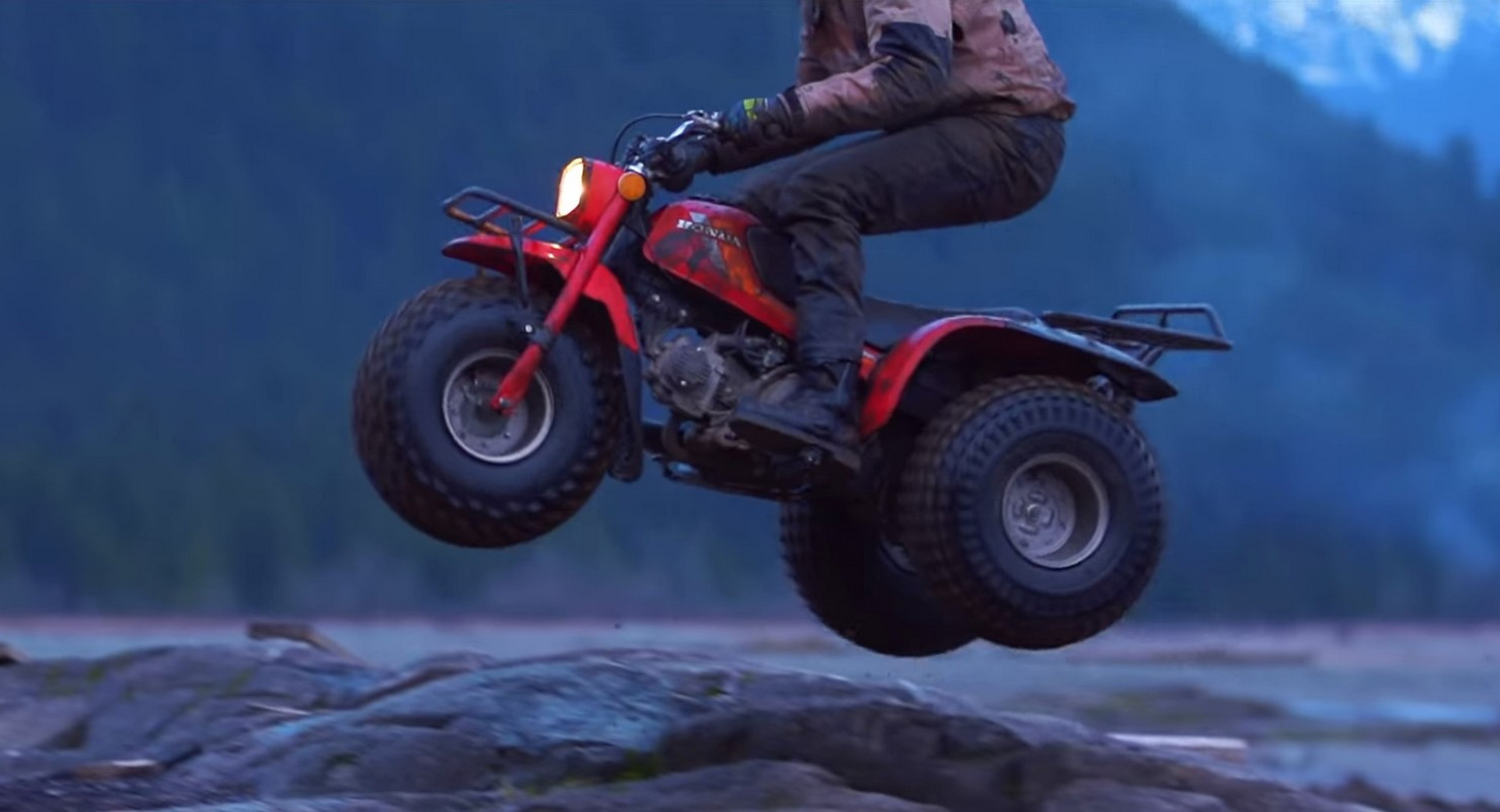Maybe it’s a peculiarity of my age and childhood that the ban of three-wheel ATVs (or ATCs, as Honda referred to them) held a sort of legendary but mysterious place in my imagination. That’s why it’s so gratifying to see the story laid out in this beautiful video from FortNine.
As a result of growing up in the ‘90s, after all of this had gone down, if you’d asked me about three-wheelers as an adult I would have assumed that the ban was a little like when kids tell you that you don’t legally have to go to class if the teacher is more than five minutes late.
Turns out, though, I would have been wrong. The ban was very real and also a very good idea. And the video lays out exactly why.
While there is nothing in the three-wheeler’s design that does not work how it was intended, that’s a bit like saying there’s nothing with Tesla’s Autopilot. Sure, the system works as designed, but it doesn’t work as advertised.
The main flaw with the three-wheeler is its size. Because it’s unsteady, it has to be small to allow for the rider’s weight transfer to act as a counter-balance. That also meant, though, that it was small enough for kids to reach all the controls.
Read Also: Musk Says All-Electric Cyberquad ATV Will Land In 2021
As a result, the ATC became a favorite for young children whose small size meant they weren’t heavy enough to counterbalance. The vehicles would therefore tip over at low speeds.
According to a New York Times article from 1988, three-wheel ATVs were associated with more than 300,000 injuries and 1,000 deaths between 1983 and 1988. So that year, the manufacturers signed a consent decree with the US government, effectively ending the sale of three-wheelers.
So why did these tippy-by-design vehicles happen in the first place? Apparently, the trouble started when Honda dealers wanted something to sell in the winter that wasn’t useless during the summer, like a snowmobile.
The answer was to take the wheels off an amphibious six-wheeler – what, at the time, was known as an All Terrain Vehicle – and put it on a little runabout. The three wheel design made it cheap, light, and simple.
Designed for farms, it was stable enough for a farmer to run around their field, light enough not to get bogged down in the water, and simple enough to not cost an arm and a leg–a poor choice of words, if ever there was one.
So, yes. If used exactly as intended or by a professional sidecar racer, it was slightly less than deadly. But as a result of years of advertising and a number of design quirks, as well as a fundamentally unsteady design, it was very dangerous.
See: Ducati Hypermotard Modified Into Crazed Three-Wheeler With A Supercharger
Unfortunately, the design of the consent decree may be just as flawed. The legal document no longer officially bans the sale of tricycles and although manufacturers have continued to abide by it, it’s only voluntarily at this point.
The language in the decree also meant that four-wheel ATVs were spared the ban. Although they’re much less tricky at low speeds, they’re still pretty dangerous.
According to Motoshark, there were more than 10,000 fatalities related to ATVs between 1982 and 2009. Just 1,000 of those are from three-wheelers and a quarter of all injuries are still happening to young riders under the age of 16.





